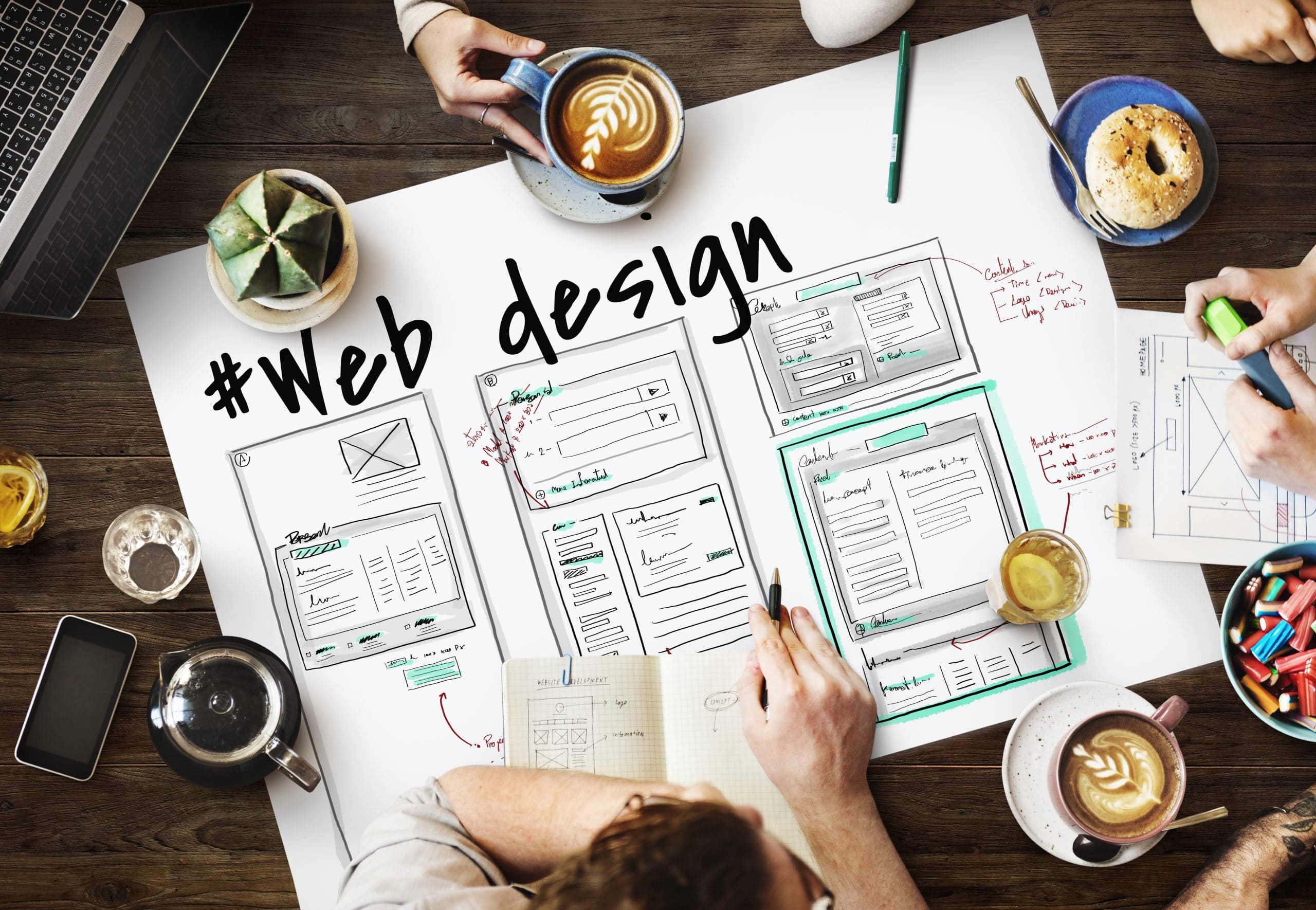The Finest Sorts Of Website Design to Improve User Experience and Involvement
In the ever-evolving landscape of digital communication, the effectiveness of Web design substantially impacts user experience and engagement. Numerous design techniques, such as minimal, responsive, and interactive designs, each deal distinct benefits that can accommodate diverse individual demands. Understanding which types of Web layout best serve these purposes can be pivotal for companies intending to boost customer fulfillment and retention. The concern continues to be: which layout elements truly resonate with individuals and foster significant interaction? The expedition of these concepts reveals vital understandings that might redefine your strategy to Web layout.
Minimalist Web Layout
As electronic landscapes come to be progressively messy, minimalist Web design has actually become a powerful technique to improving individual experience. This design viewpoint prioritizes simpleness, concentrating on necessary aspects while getting rid of unnecessary distractions. By making use of sufficient white room, simple navigation, and a limited shade combination, minimalist layout promotes clearness and directs customer interest to essential content.
The core concept of minimalist website design is to create a smooth interaction for users. By lowering cognitive tons, users can promptly understand information without really feeling overwhelmed. This straight method not just enhances usability however also urges engagement, as site visitors are more probable to check out a website that is very easy and visually enticing to navigate.
In addition, minimalist style usually highlights typography and imagery, utilizing these aspects purposefully to share messages efficiently. In essence, minimalist Web design is not just a trend; it is a thoughtful method that identifies the relevance of user-centered design.
Responsive Web Style
In today's varied electronic atmosphere, responsive Web style has actually come to be crucial for creating a smooth customer experience throughout a plethora of tools. As users access web sites on smart devices, tablet computers, desktop computers, and laptop computers, the ability of a website to adjust its format and web content to various screen sizes and resolutions is essential.
Receptive Web style employs flexible grids, photos, and CSS media questions to guarantee that Web material exists efficiently, despite the device made use of. This strategy not just enhances the aesthetic allure of a web site however likewise significantly boosts use. Individuals are most likely to involve with a site that offers a regular experience, as it gets rid of the irritation of having to focus or scroll exceedingly.
By adopting responsive layout, companies can boost their visibility and reach a more comprehensive audience. In summary, receptive Web style is a basic practice that improves customer experience, involvement, and overall fulfillment.
Interactive Web Design
Responsive website design lays the groundwork for improving customer experience, but interactive website design takes this an action even more by involving users in a much more vibrant means - Aligned Position Web Design. By incorporating elements such as animations, clickable prototypes, and real-time comments, interactive Web layout astounds users, drawing them into a richer browsing experience
This technique not just fosters interaction yet additionally encourages users to check out material proactively rather than passively consuming it. Methods such as gamification, where customers earn rewards for finishing jobs, can significantly enhance the moment invested in a website and improve general complete satisfaction. Moreover, interactive functions can streamline complicated details, making it extra delightful and absorbable.

Integrating interactive layout elements can likewise cause greater conversion rates, as individuals are most likely to engage with a website that proactively involves them. Aligned Position Web Design. Eventually, interactive Web layout transforms individual experiences right into remarkable journeys, making sure that site visitors return time and again
Apartment Layout
Characterized by its minimalistic approach, flat design emphasizes simplicity and functionality, removing unnecessary elements and focusing on important functions. This style approach prioritizes functionality, guaranteeing that individuals discover this info here can navigate interfaces easily and efficiency. By utilizing a clean aesthetic, flat style gets rid of the mess typically discovered in much more elaborate styles, thereby enhancing customer concentrate on web content and performance.
The hallmark of flat layout exists in its use strong colors, basic typography, and geometric forms. These components add to a visually appealing user interface that is both modern-day and approachable. Furthermore, flat design cultivates a sense of clarity, permitting individuals to discern important actions and details without diversion.
Additionally, level style is particularly reliable in receptive Web layout, as its simplicity converts well across various tools and screen dimensions. The absence of detailed structures and slopes lessens loading times, which is critical for preserving user engagement. As digital landscapes remain to advance, flat design stays an appropriate choice for developing straightforward internet sites that improve total experience. By concentrating on essential functions, flat style not just meets user requirements yet also motivates smooth interaction, making it a crucial component of efficient website design approaches.
Flexible Web Style
Flexible website design tailors the customer experience by creating multiple taken care why not look here of formats customized to different display dimensions and gadgets. Unlike receptive layout, which fluidly readjusts a solitary design, flexible layout uses distinctive layouts for specific breakpoints, guaranteeing ideal presentation on various platforms. This method allows designers to concentrate on the unique qualities of each device, enhancing usability by delivering precisely what customers require based upon their context.
One of the main advantages of adaptive website design is its capacity to maximize lots times and efficiency. By offering customized material and pictures that fit the individual's tool, websites can minimize data usage and enhance loading speeds. This is particularly valuable for users with slower connections or restricted data plans.
.png)
In addition, flexible design promotes a much more constant and controlled branding experience. Given that developers develop several designs, they can make certain that the visual aspects straighten with the brand's identity across various systems - Aligned Position Web Design. This results in a cohesive individual experience, boosting engagement and promoting individual retention
Verdict
To conclude, the combination of minimal, receptive, and interactive website design principles significantly enhances individual experience and interaction. Minimal layout promotes clarity and focus, while responsive style makes sure flexibility throughout different gadgets, promoting availability. Interactive layout astounds customers via vibrant components, urging expedition and customization. Jointly, these layout comes close to add to the production of straightforward settings that not just boost complete satisfaction however likewise drive higher conversion rates, underscoring their important value in modern website design techniques.

Minimal design fosters clearness and emphasis, while receptive design guarantees versatility throughout different tools, advertising access. Jointly, these layout comes close to add to the production of straightforward environments that not only enhance contentment however likewise drive higher conversion rates, underscoring their vital value in contemporary Web design strategies.